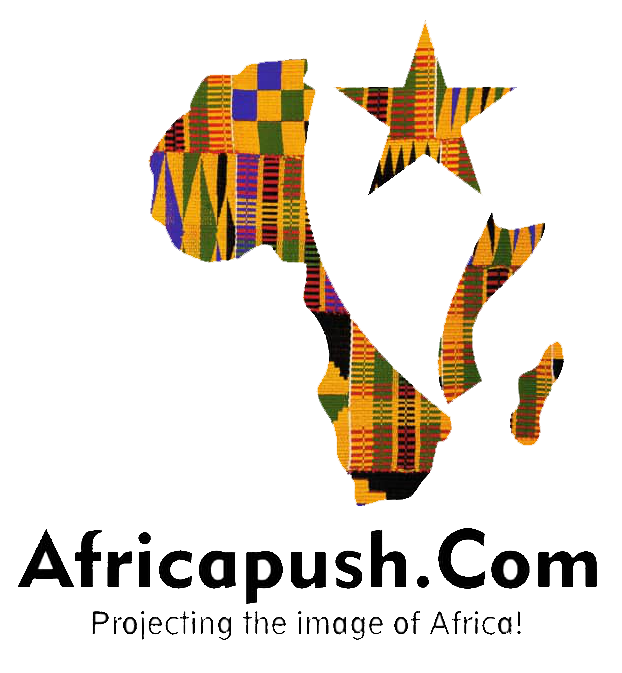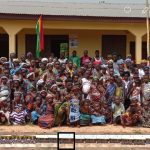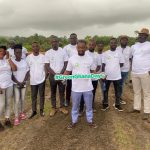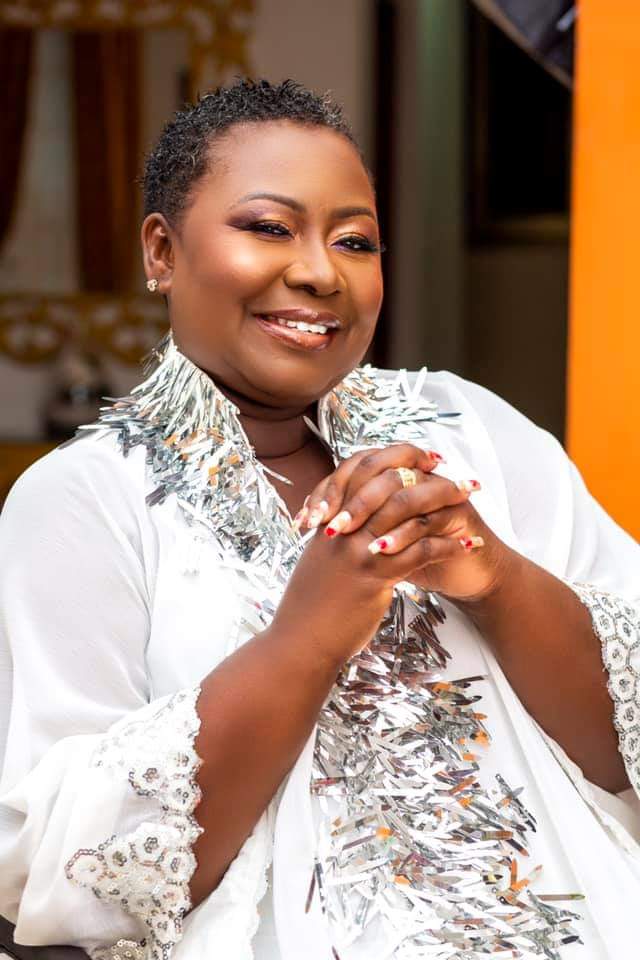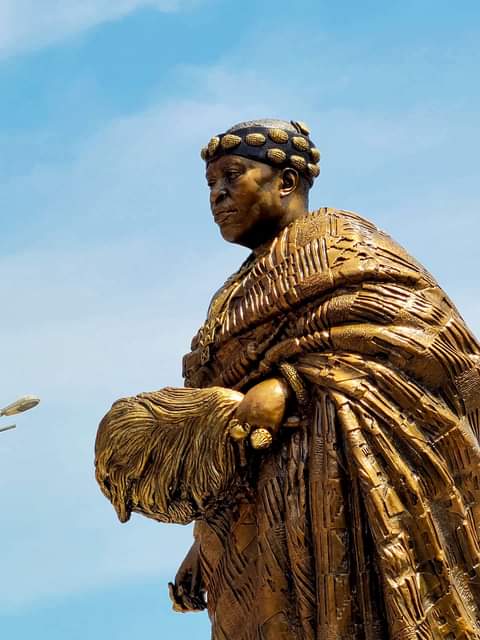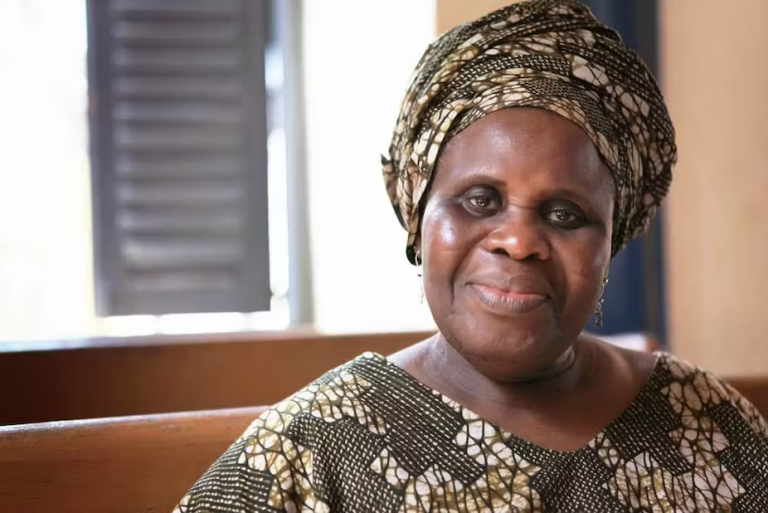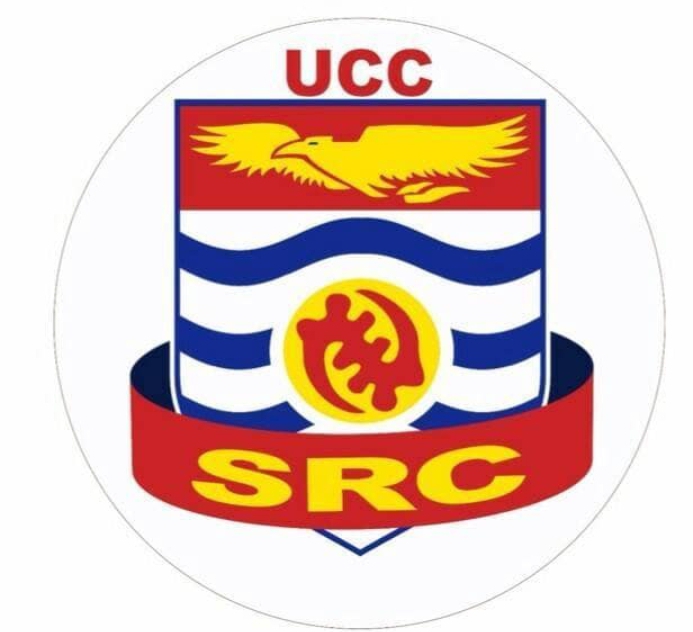OUR UMBILICAL CORD IS GONE!

On the 15th of October, 2022, as I perused the evocative words of Prof. Kwesi Yankah in his theatrical piece “Oh No Freddy Blay,” a chilling proclamation echoed through my mind: Ghana’s rivers are dead. This lamentation seemed distant, a tragedy confined to lands far from my beloved hometown of Agona Asafo. Yet now, I find myself among the mourners, weeping not just for the departed River Pra and the convulsing Densu, but for the Ayensu River, once a lifeblood, now a hemorrhaging casualty.
Yesterday, I returned to my roots, summoned by pressing family matters. As I arrived, nostalgia guided me to visit a friend in the nearby village of Kwesitwikwaa, just a few kilometers from my hometown. The road between us is bridged by a structure, iconic in its connection to the surrounding farming communities since the late 90s. As I approached this bridge, memories flooded back visions of the river from my childhood, its sparkling waters that once danced in the sunlight, a source of life and sustenance. Every child of my community has fond memories of Opanin Kojo Teipo or Asafo Mba no re ba oo. Indeed those were the days of severe discipline and respect for water bodies.
But as I neared the water’s edge, my heart sank. The Ayensu River, once a pristine ribbon of life, had morphed into something unrecognizable, its waters tainted with a sickly hue. At first, I hoped it was merely the river’s response to the heavy rains, an occasional cleansing that we had witnessed many times before. But the okada rider, Yaw, shattered this hope. “It’s not that,” he said, urging me closer. “The river has been like this for over a month.”
Tears welled in my eyes as the bitter truth settled in. Had the sacred Ayensu also fallen prey to the marauding accomplices of Aisha Huang? What sinister forces were at play? Questions swirled in my mind, each one met with silence, a reflection of the tragicomedy that unfolded years ago when dreams of gold mining in the Ayensu ended in nothing more than a fufu feast for workers who never glimpsed even a glint of silver, Alabaster recounts from Scotland.
As I stood there, a local farmer approached, returning from his fields. “Ayekoo, Opanin,” I greeted him. “Yaa Oba,” he replied. “Opanin, what has become of our river?” With a sigh, he responded, “Asem yi na wobo so yi! There’s mining at Ennum Apapamu in the Eastern Region, where the river begins its journey. That’s why everything is changing. My vegetables are losing their color, and the people of Mankrong and surrounding areas have been warned not to drink from the river. Today, we too are suffering.” His words struck me like a hammer, a panic button pressed for the entire Central Region, where so many depend on the Kwanyako Water Works. The river, once pure, now bears the scars of the Galamsey Virus.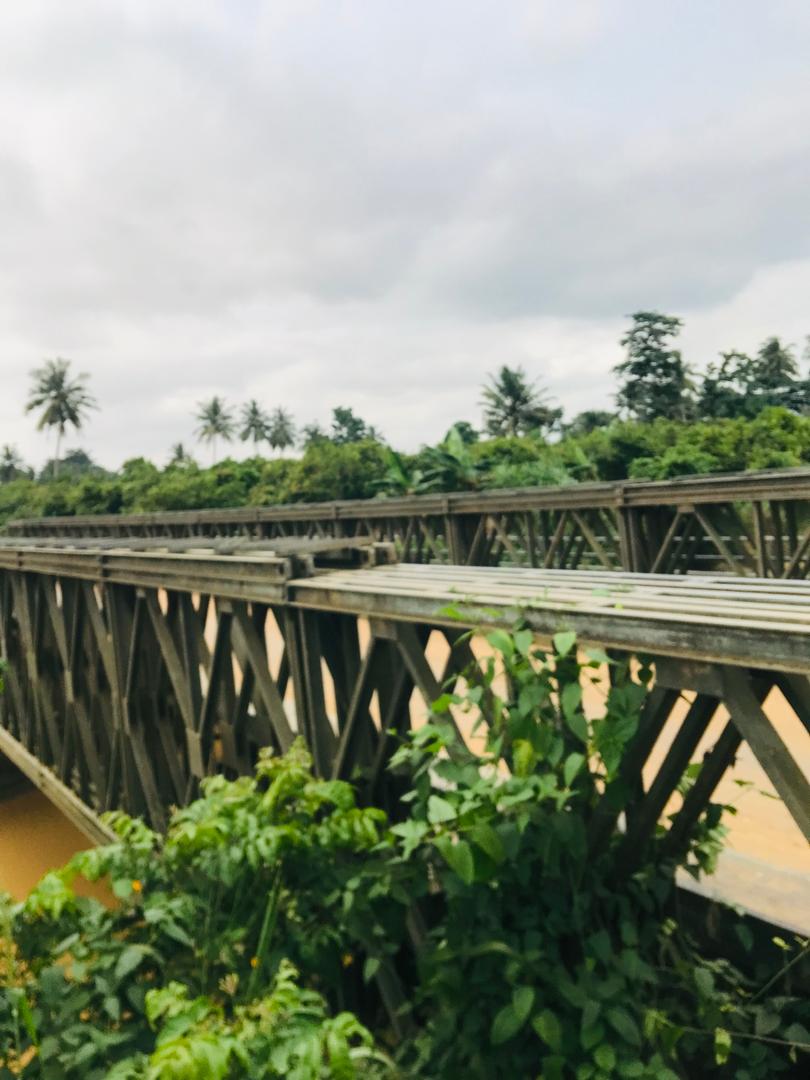
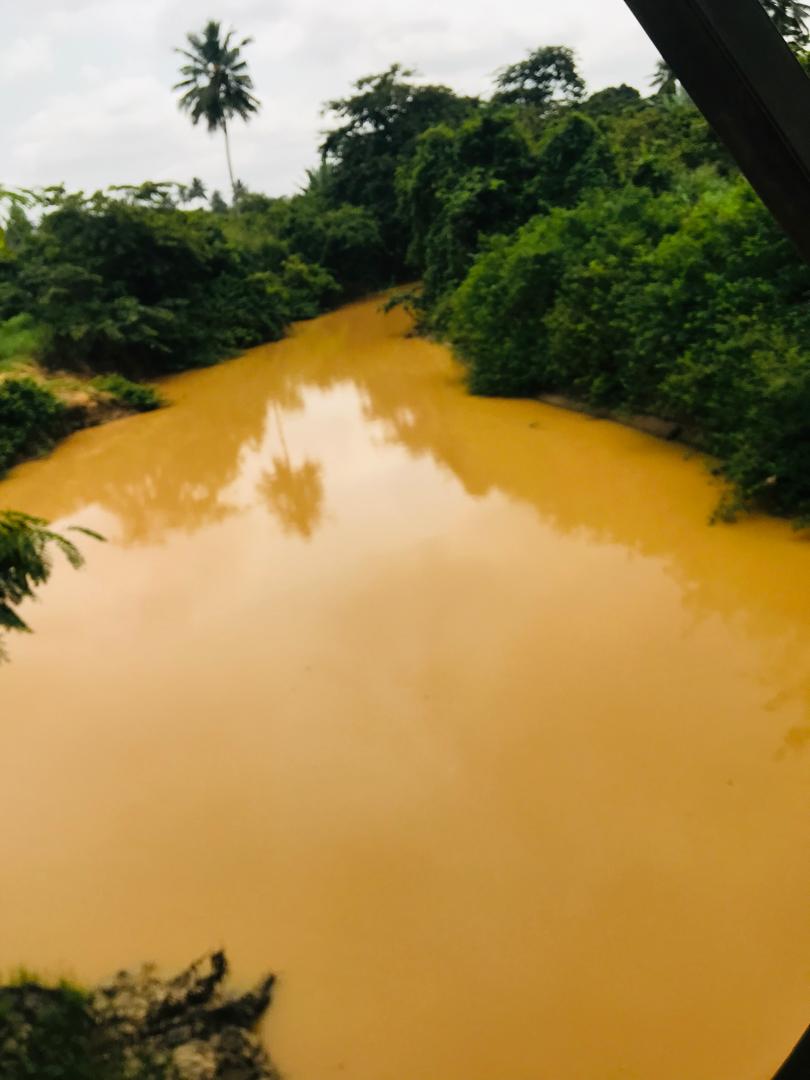
The Ayensu River, once a sanctuary where I bathed and swam as a child, is now restless under the weight of this destruction. It is the same river that cradled the umbilical cord of Ghana’s esteemed former Finance Minister, the late Prof. Kwesi Botwey. Prof. G.K.T. Oduro of UCC, Dr. Richardson of CNC, and Robert Abeku Ansah of Coventry, your connection to this life force has been severed. The enemy has breached our last line of defense, leaving us exposed, our river marked as yet another casualty. The devastation wrought by Galamsey in our country is beyond damning; it is a slow, agonizing death of our natural heritage.
I pray, as we approach our Akwanbo in September, that the Chief and elders of Asafo will seize the opportunity to make a clarion call on major stakeholders to save us from these inhumane practices.
Omankyeame Nana Yaw Ofori (2024)
Asafo ni Ba
